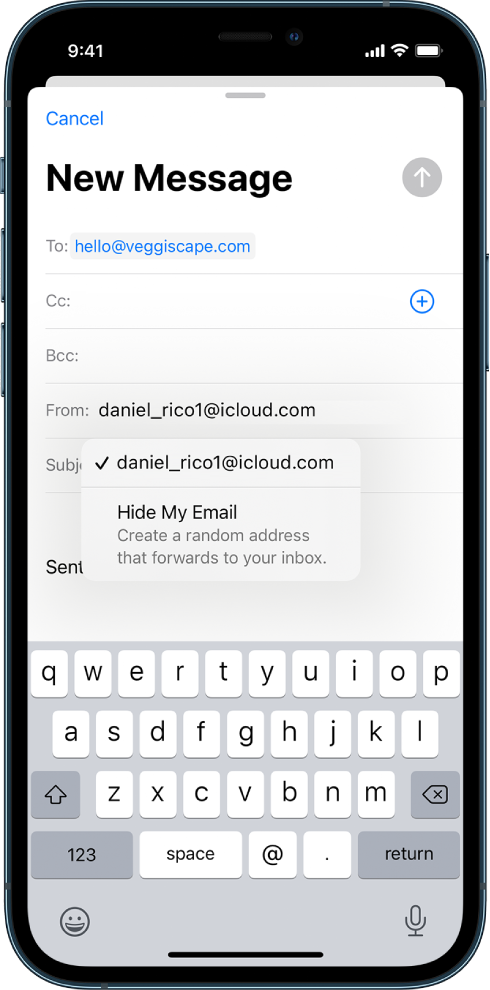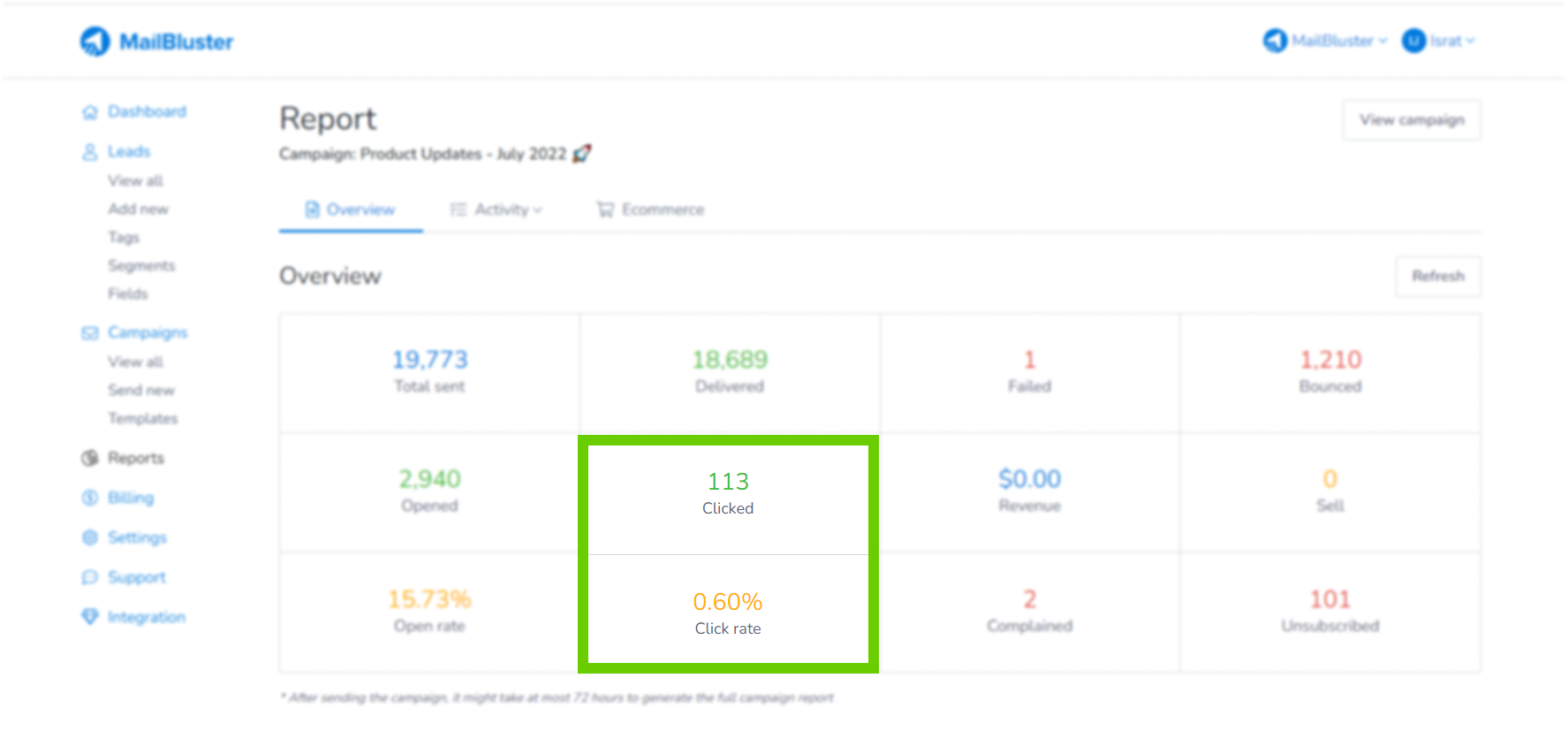Apple Mail Privacy Protection (MPP) is available for iOS 15.2 or later users. It prevents marketers and spammers from tracking their users’ attributes. Before MPP, it was easy for the sender to know when a receiver opened an email at which geological location and IP address. These pieces of information help marketers to improve their email marketing strategies. On the other hand, it lets the cybercriminals create a more robust trap for their potential targets.
Business Wire Claims that 84% of the marketers grant email marketing as a crucial medium for success.
The more marketers use email marketing to meet their success, the more tracking it will be, hampering users’ privacy. Concerning this, Apple took the first step to push marketers to invent alternative ways of marketing that don’t threaten users’ privacy.
That is how the new era of email marketing has begun.
What is Mail Privacy Protection?
The Mail Privacy Protection (MPP) is a security system that preloads all the received emails to mask the information the senders want.
For several years, Intelligent Tracking Prevention has been helping Safari Browser users to protect from unexpected tracking. Apple Mail Privacy Protection reached another security level in late 2021, preventing trackers from knowing the users’ attributes, IP addresses and locations. Users will get the option to choose whether they want this layer of security or not when they open the Mail app for the first time, after downloading the updated version of iOS or purchasing Apple devices with version 15.2 or later.

The Hide My Email feature appears after tapping twice in the From the field. After tapping Hide My Email, a new and unique email address appears in that field. The receiver will know the arbitrary but unique IP address generated by that feature instead of the real one. On the other hand, the sender can use that random IP repeatedly to reply and other future communications, hiding the actual IP.
Hide My Email also helps users use that random address when they sign up for a website.
Assisting users with keeping their real IPs secret, Apple Mail Privacy Protection prevents the Invisible Pixel from tracking the time of opening the emails and other pieces of information the marketers and spammers need. When an email user opens an email after receiving it, the device downloads the email containing an invisible image that can track the user’s activity, IP and location. Apple made the difference by preloading the emails, including that tracking image, after receiving the email, not after it opens. It pollutes the open rate results the marketers need. Apple MPP simply spoils the effectiveness of the Invisible Pixel.
What is Invisible Pixel?
An Invisible Pixel is a 1px by 1px square png image that tracks the users’ activity and other pieces of information.
Marketers and spammers use this png image containing code written for tracking purposes. As an email marketer, you should know how the campaign you just created is going. MailBluster, one of the cost-effective email marketing tools, includes a tracking pixel in the subject line to show you how your campaign is performing. Whenever the receivers open an email, their browsers automatically run the code the Invisible Pixel contains, helping marketers and spammers track how the receivers respond.
An Invisible Pixel has two categories.
- Conversion Pixels
- Retargeting Pixels
We include Conversion Pixels to your subject line while you set an email marketing campaign using MailBluster. This Pixel gets you the data to measure your email marketing performance. On the other hand, retargeting pixels can get you data when users visit your website. The golden era of email marketers using Conversion Pixel is about to end, and Apple Mail Privacy Protection gets all the credit. Its impact started falling on most online traders across the globe from the beginning of 2022.
Effects of Apple Mail Privacy Protection on Email Marketing
Apple Mail Privacy Protection directly affects the most conventional KPIs (Key Performance Indicators) of email marketing, resulting in inconveniences for the marketers when measuring the campaigns’ performances. It preloads the received emails for users who enabled the Apple MPP. The users can easily access the preloaded emails without being tracked after enabling this feature.

This extra layer of security prevents the marketer from knowing the accurate open rate data, IPs, geological locations and everything connected to these kinds of information. As an email marketer, you might rely upon the familiar metric ‘CTOR.’ Marketers around the globe measure their email marketing content performances with CTOR (click-to-open rate). But, Apple is about to kill it due to privacy concerns.
According to OBERLO, Apple has 57.97% of all email users, and most enable Apple MPP on their Apple devices.
So, it is inevitable that you won’t find accurate open rate data as two-thirds of the people pollute it, enabling Apple MPP. That is how Apple pushes you to change how you understand your campaign performance.
You might feel the differences Apple made when measuring a particular segment’s campaign based on geological locations and IPs. If you run an email marketing campaign in a specific region, you might face difficulties finding whom to deliver.
What do Marketers think?
According to GetApp, 87% of marketers have the will to adapt to the new privacy policy, and 90% of the marketers took it positively as they think that privacy is essential to their industries also.
The security concern is overgrowing because of the rise of fraudulent activities online. People can’t feel secure and safe after providing their account numbers to online retailers. They are fearful of the front camera on their own devices. Marketers can access their IPs and geo-locations. They are not safe with the texts they type on their devices. Neither consumers nor marketers want this chaotic situation anymore.
Apple considered it for the first time, pushing a change in the digital marketing world.
Ways to Adapt
The first thing you must remember is that the Open Rate is dead. It would be best to look at the email marketing performances beyond the Open Rate as it is already backdated. Other metrics relying on the Open rate are also backdated, including CTOR, Unique Open Rate, etc.
The good news is that Apple doesn’t prevent you from getting the Click Rate data. Open Rate measures the performance of the subject line, whereas click rate measures the quality of the whole content engagement. Creating content that meets the searchers’ intent mostly has the maximum possibilities for improvement.
The Open rate might be dead, but email marketing is not. Still now, 86% of the professionals give priority to email connectivity. MailBluster highly recommends you focus on the Click Rate whenever you run a campaign using this tool.




 Contents
Contents